
Starting June 1st, 2023 Our warehouse fee will be $0.65/cubic foot per month
In effort to lower the warehouse storage fee during inflation, we have went narrow aisle racking.This construction took us four months but the project is finally completed. With narrow aisle racking, we are able to drop storage by 24%.We as partners will go through this inflation together.
09/05/2024
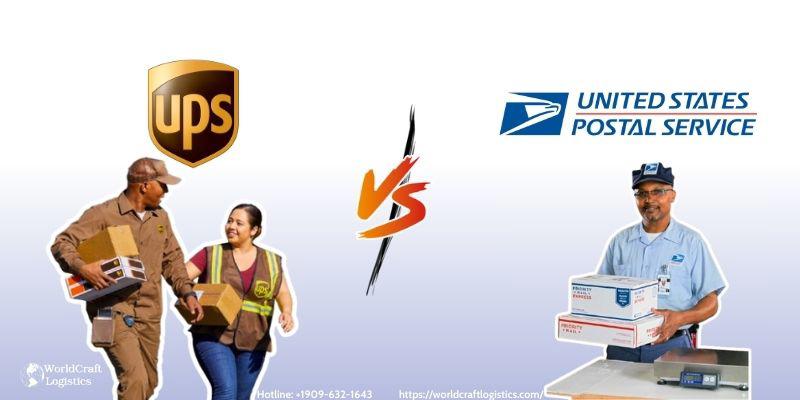
In the world of shipping and logistics, choosing the right carrier can significantly impact your business operations and costs. Two of the most prominent names in the industry are UPS (United Parcel Service) and USPS (United States Postal Service). In this article, we will delve into a detailed comparison between UPS and USPS, exploring their differences in cost, revenue, speed, and overall service quality. By the end, you’ll have a clearer understanding of which service best suits your shipping needs.
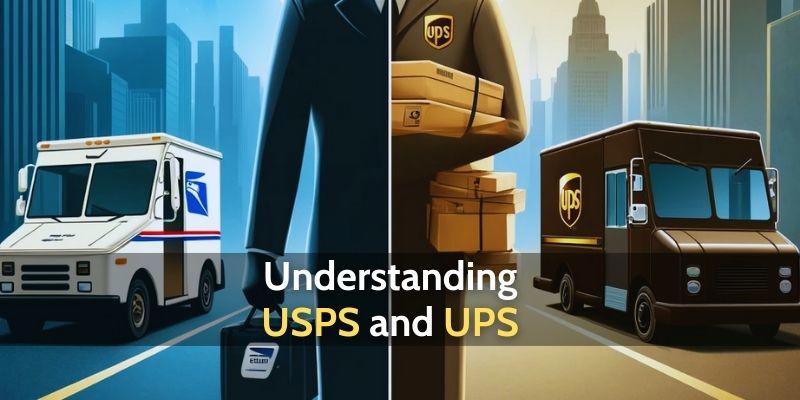
UPS vs USPS are two major players in the shipping industry, each with its unique strengths and weaknesses. UPS is a private courier company known for its extensive global network and robust logistics solutions. On the other hand, USPS is a government-run entity that provides postal services across the United States.
UPS (United Parcel Service) offers a range of services including ground shipping, air shipping, and international logistics. With its extensive fleet and advanced technology, UPS is renowned for its reliable and timely deliveries.
USPS (United States Postal Service), as a government-operated organization, provides mail and package delivery services primarily within the United States. It offers various delivery options, including standard mail, priority mail, and express services.
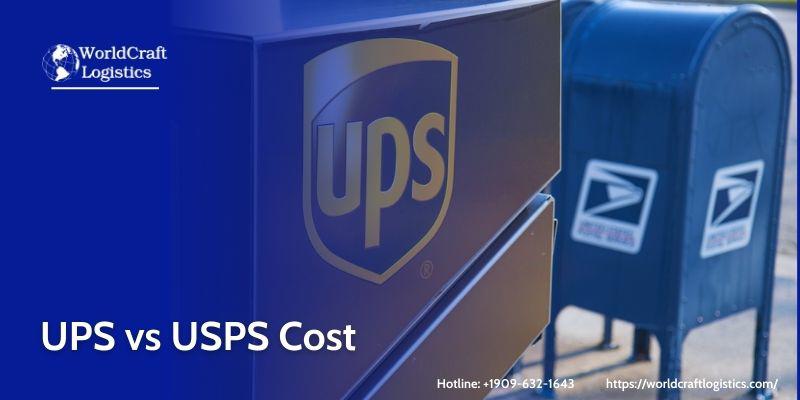
Here’s a comparison table of UPS and USPS services with pricing information. Note that prices can vary based on specific locations and times, so it’s advisable to check the official websites or contact the carriers directly for the most accurate information.
Domestic Shipping | ||
Service | UPS | USPS |
UPS Ground | Starting from $9.00 (for the smallest package) | |
UPS 2nd Day Air | Starting from $22.00 (for the smallest package) | |
UPS Next Day Air | Starting from $65.00 (for the smallest package) | |
Priority Mail | - Starting from $9.00 (for the smallest package) | |
Priority Mail Express | - Starting from $26.35 (for the smallest package) | |
First-Class Package Service | - Starting from $4.50 (for the smallest package) | |
International Shipping | ||
Service | UPS | USPS |
UPS Worldwide Express | Starting from $40.00 (for the smallest package) | |
UPS Worldwide Saver | Starting from $35.00 (for the smallest package) | |
USPS Priority Mail International | Starting from $37.00 (for the smallest package) | |
USPS Priority Mail Express International | Starting from $67.00 (for the smallest package) | |
USPS First-Class Package International Service | Starting from $20.00 (for the smallest package) | |
Special Packages | ||
Service | UPS | USPS |
UPS SurePost | Starting from $8.00 (for the smallest package) | |
USPS Media Mail | Starting from $3.65 (for the smallest package) | |
USPS Retail Ground | Starting from $8.70 (for the smallest package) | |
When comparing UPS vs USPS cost, it’s essential to consider various factors such as package size, weight, and delivery speed. Each carrier has different pricing structures and service options.
USPS is often the more cost-effective choice for smaller packages and lighter items. Its flat-rate shipping options, such as the Priority Mail Flat Rate Box, can be particularly advantageous for budget-conscious shippers. USPS also offers competitive rates for first-class mail, making it a popular choice for sending letters and small packages.
In contrast, UPS tends to have higher base rates but provides more detailed pricing based on package weight, dimensions, and delivery speed. For businesses that need reliable and timely deliveries, UPS's pricing model might offer better value, especially for larger shipments and international deliveries.
UPS vs USPS cost comparison shows that while USPS may offer lower rates for smaller and lighter packages, UPS can provide more options for faster and more reliable deliveries, potentially justifying the higher cost for many businesses.

When evaluating UPS vs USPS, it’s essential to consider several key factors that distinguish these two shipping giants. Here’s an in-depth comparison to help you understand their differences:
UPS: With a global presence, UPS operates in over 220 countries and territories. It provides comprehensive international shipping solutions, including express air services, ground transportation, and supply chain management. UPS’s extensive network ensures that packages can be delivered almost anywhere in the world, with advanced tracking and logistics support.
USPS: USPS primarily focuses on domestic mail and package delivery within the United States. While it does offer international services through partnerships with other postal services, its global reach is limited compared to UPS. USPS’s international options include Priority Mail International and Global Express Guaranteed, but these are not as extensive as UPS’s offerings.
UPS: UPS’s pricing is based on various factors including package weight, dimensions, destination, and delivery speed. It provides a range of services with different pricing tiers, from cost-effective ground shipping to premium expedited options. UPS also offers volume discounts for businesses and customizable solutions for complex shipping needs.
USPS: USPS offers a simpler pricing structure with flat-rate options that can be cost-effective for small to medium-sized packages. For example, Priority Mail Flat Rate Boxes allow for predictable shipping costs regardless of weight, which can be advantageous for budget-conscious shippers. USPS also provides competitive rates for first-class mail and media mail.
UPS: UPS is known for its reliable and fast delivery options. It offers services such as UPS Next Day Air for next-day delivery and UPS 2nd Day Air for delivery within two business days. UPS’s ground services, such as UPS Ground, also provide reliable delivery within a defined time frame based on distance. UPS’s advanced logistics network and tracking capabilities contribute to its reputation for timely deliveries.
USPS: USPS provides several shipping options with varying delivery speeds. Priority Mail typically delivers within 1-3 business days, while Priority Mail Express offers next-day or two-day delivery depending on the destination. USPS’s delivery speed can vary based on factors like location and service level, with some remote areas experiencing longer delivery times.
UPS: UPS offers sophisticated tracking tools that allow customers to monitor their packages in real-time. UPS’s online platform provides detailed tracking information, delivery alerts, and customer support for resolving issues. UPS also offers a range of additional services such as package insurance and delivery confirmation.
USPS: USPS provides tracking services for most of its shipping options, including Priority Mail and Priority Mail Express. While USPS tracking can be less detailed than UPS’s, it still offers visibility into the package’s journey. USPS also provides customer support through its website, phone, and local post offices, although some users report varying levels of service quality.
UPS: Known for its reliability, UPS has a strong reputation for consistent service quality. Its extensive network, advanced logistics systems, and commitment to on-time delivery contribute to its high service standards. UPS also offers options for guaranteed delivery times, which can be crucial for time-sensitive shipments.
USPS: USPS’s reliability can vary based on factors such as location and service level. While USPS generally provides good service, some users report occasional delays or issues with delivery accuracy. However, USPS is a vital service provider for many areas and remains a dependable option for standard and priority mail.
UPS: UPS provides a wide range of delivery options, including scheduled deliveries, pickup services, and specialized solutions for businesses. Its flexible delivery options include UPS My Choice, which allows customers to customize delivery times and locations. UPS also offers a range of international shipping solutions with various speed and cost options.
USPS: USPS offers a range of delivery options including standard mail, priority mail, and express services. Its flat-rate and regional rate boxes provide flexibility for different shipping needs. USPS also supports various delivery preferences, such as package holds and delivery instructions, although these options may be more limited compared to UPS.
UPS: UPS provides a variety of business solutions, including logistics management, supply chain solutions, and e-commerce integration. Businesses can take advantage of UPS’s advanced technology and tools to streamline their shipping processes, manage inventory, and improve overall efficiency. UPS also offers API integrations for seamless e-commerce operations.
USPS: USPS offers business solutions including bulk mailing, marketing services, and postal integration. While USPS provides essential services for businesses, its offerings in logistics management and advanced technology are not as extensive as UPS’s. However, USPS is often used for its cost-effective options and broad reach for standard mail and packages.
UPS: UPS is committed to sustainability and has implemented various initiatives to reduce its environmental impact. The company invests in alternative fuel vehicles, energy-efficient facilities, and carbon offset programs. UPS’s sustainability efforts aim to minimize its carbon footprint and promote environmentally responsible practices.
USPS: USPS also focuses on sustainability with initiatives such as energy-efficient facilities, recycling programs, and the use of alternative fuel vehicles. As a government entity, USPS adheres to federal regulations and guidelines for environmental stewardship, contributing to its overall sustainability goals.
By understanding these key differences between UPS vs USPS, you can make an informed decision based on your shipping needs. Whether you prioritize cost, speed, service quality, or global reach, both UPS and USPS offer unique advantages tailored to different requirements.
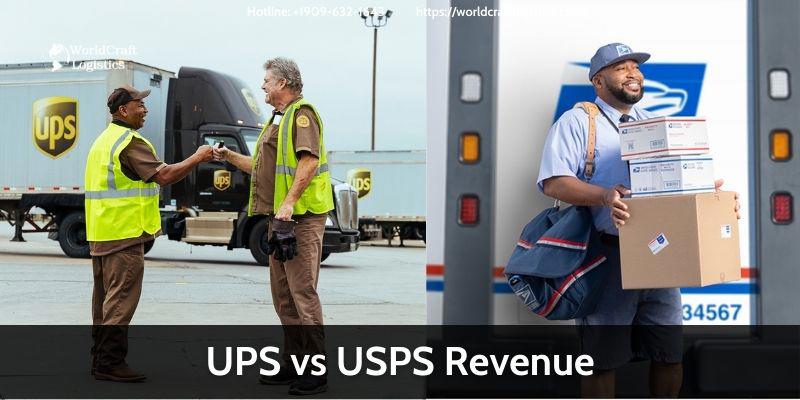
When analyzing UPS vs USPS revenue, we see a significant difference in their financial structures. UPS, as a publicly traded company, reports substantial revenue figures, driven by its extensive global operations and diversified service offerings. In 2023, UPS reported revenues exceeding $100 billion, showcasing its strong position in the global logistics market.
On the other hand, USPS revenue is influenced by its role as a government entity. In recent years, USPS has faced financial challenges, partly due to the decline in traditional mail volumes and increasing operational costs. Despite this, USPS remains a critical player in the domestic delivery market, with revenues in the range of $70 billion to $80 billion annually.
The revenue comparison between UPS vs USPS highlights the financial scale and market reach of UPS compared to the government-operated USPS. However, the lower revenue of USPS does not diminish its importance in providing affordable and accessible postal services across the United States.
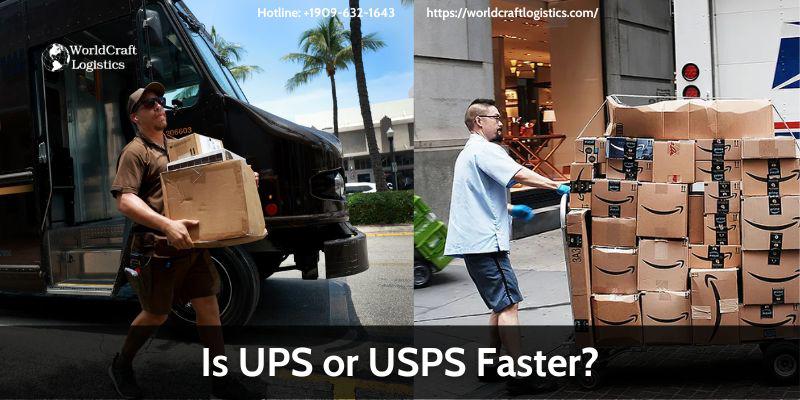
Speed is a crucial factor in shipping, and the question of is UPS or USPS faster often arises. Both carriers offer various shipping options, but their delivery times can differ significantly.
UPS is known for its reliable and expedited delivery services. With options such as UPS Next Day Air and UPS 2nd Day Air, businesses can ensure that their packages arrive quickly and on time. UPS’s extensive logistics network and advanced tracking systems contribute to its reputation for fast and dependable delivery.
USPS also provides fast shipping options, including Priority Mail and Priority Mail Express. While USPS can deliver packages quickly, especially within the United States, it may not always match the speed and reliability of UPS for international shipments. USPS’s delivery times can vary depending on the service level and destination.
When it comes to is UPS or USPS faster, UPS generally has the edge for expedited and international deliveries. However, USPS offers competitive delivery speeds for domestic shipments, particularly with its priority services.
Hopefully this article from Worldcraft Logistics has provided you with enough information. Choosing between UPS vs USPS depends on various factors including cost, delivery speed, and service requirements. USPS can be a cost-effective choice for smaller and lighter packages, especially for domestic shipments. However, for businesses needing reliable and fast delivery options, particularly for international shipments, UPS may offer superior service.
By considering your specific shipping needs and understanding the differences between these two carriers, you can make an informed decision that best suits your business or personal requirements. Whether you prioritize cost, speed, or service options, both UPS and USPS have their unique strengths to offer.
SEO
Digital Marketing/SEO Specialist
Simon Mang is an SEO and Digital Marketing expert at Wordcraft Logistics. With many years of experience in the field of digital marketing, he has shaped and built strategies to effectively promote Wordcraft Logistics' online presence. With a deep understanding of the logistics industry, I have shared more than 500 specialized articles on many different topics.

Education
01/05/2025

Education
02/18/2025

Education
01/01/2024
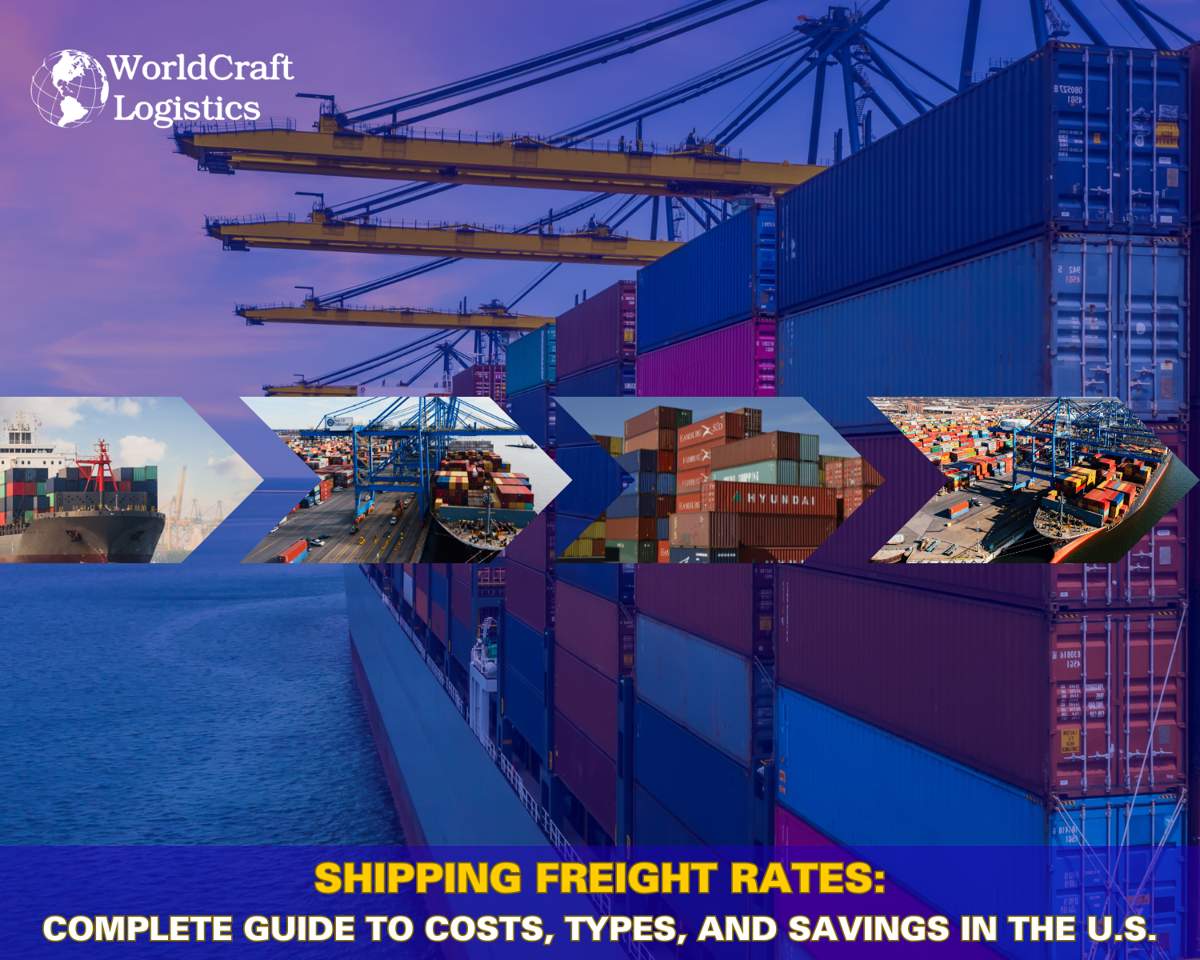
Education
09/09/2025

Education
08/28/2024